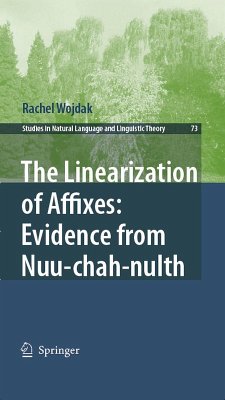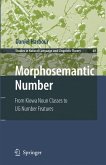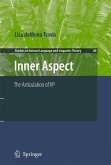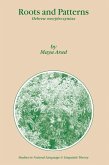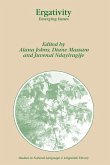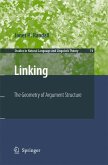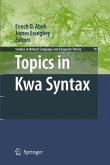This book is a revision of my doctoral dissertation, completed at the University of British Columbia in 2005. The members of my doctoral committee ? Henry Davis, Rose-Marie Déchaine, Martina Wiltschko ? were instrumental in shaping the content and presentation of this work, and I owe them my gratitude for their considerable input. As my supervisor, Henry gave me great latitude in this project, and his encouragement and enthusiasm made fieldwork all the more exciting. This final product would not have been nearly as strong without the benefit of Rose-Marie’s sharp intuition and critiques, and I appreciate the memories I have of leaving meetings with her feeling absolutely invigorated. Martina always knew all the right questions to ask, and I came to count on her reliable feedback. It was an honour to be a part of the UBC linguistics department, and I thank all its members for their part in creating the lively environment I enjoyed for my years there. My greatest thanks are due to the speakers of Nuu-chah-nulth who shared with me their time, their humour, and their love for their language: Mary Jane Dick, Katherine Fraser, Carrie Little, Archie Thompson, Barbara Touchie, Barney Williams Jr. , Barney Williams Sr. , Christine Nicolaye, Sarah Webster. Their patience and dedication was humbling, and I am indebted to them for the chance they gave me to learn so much.

